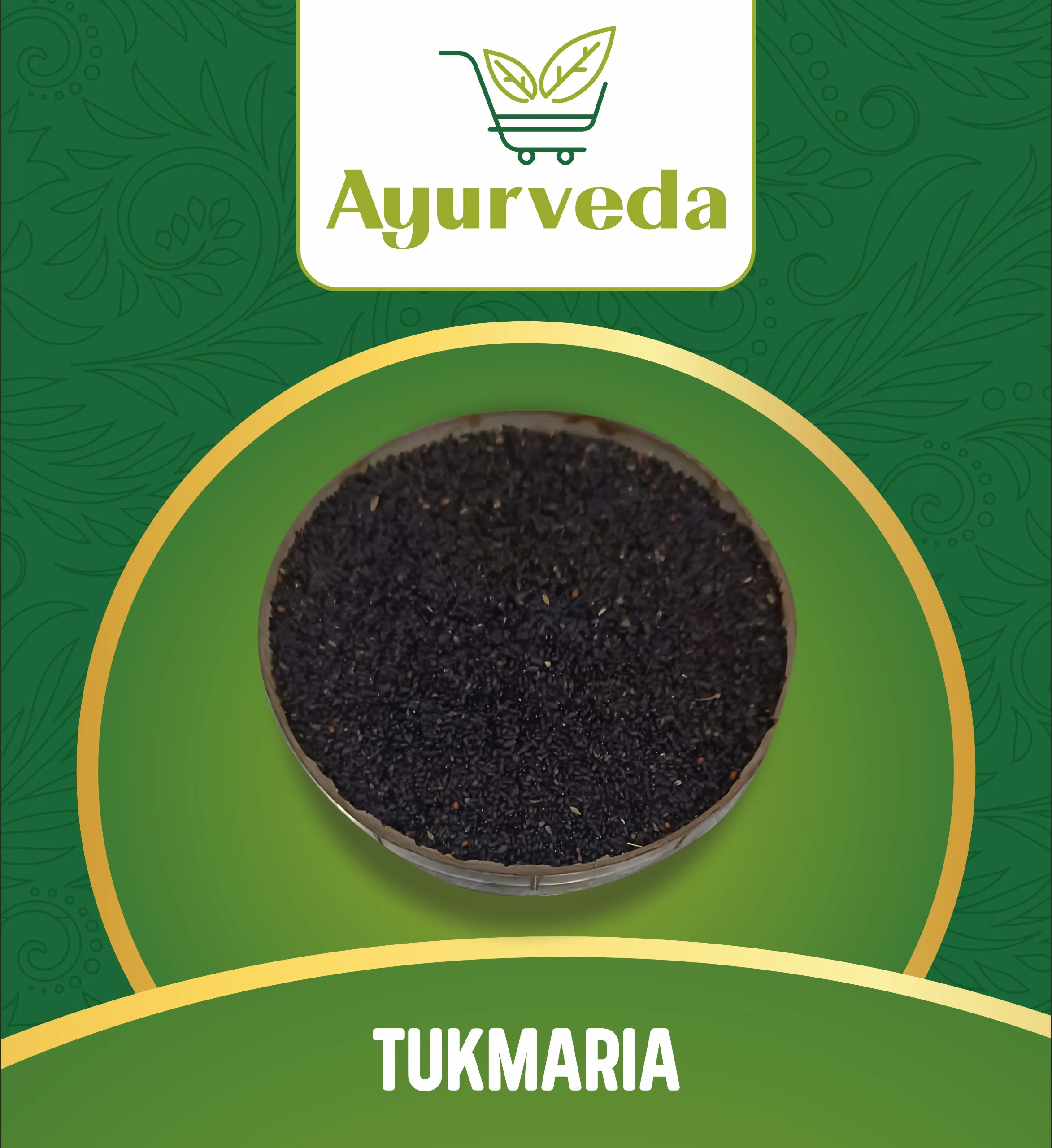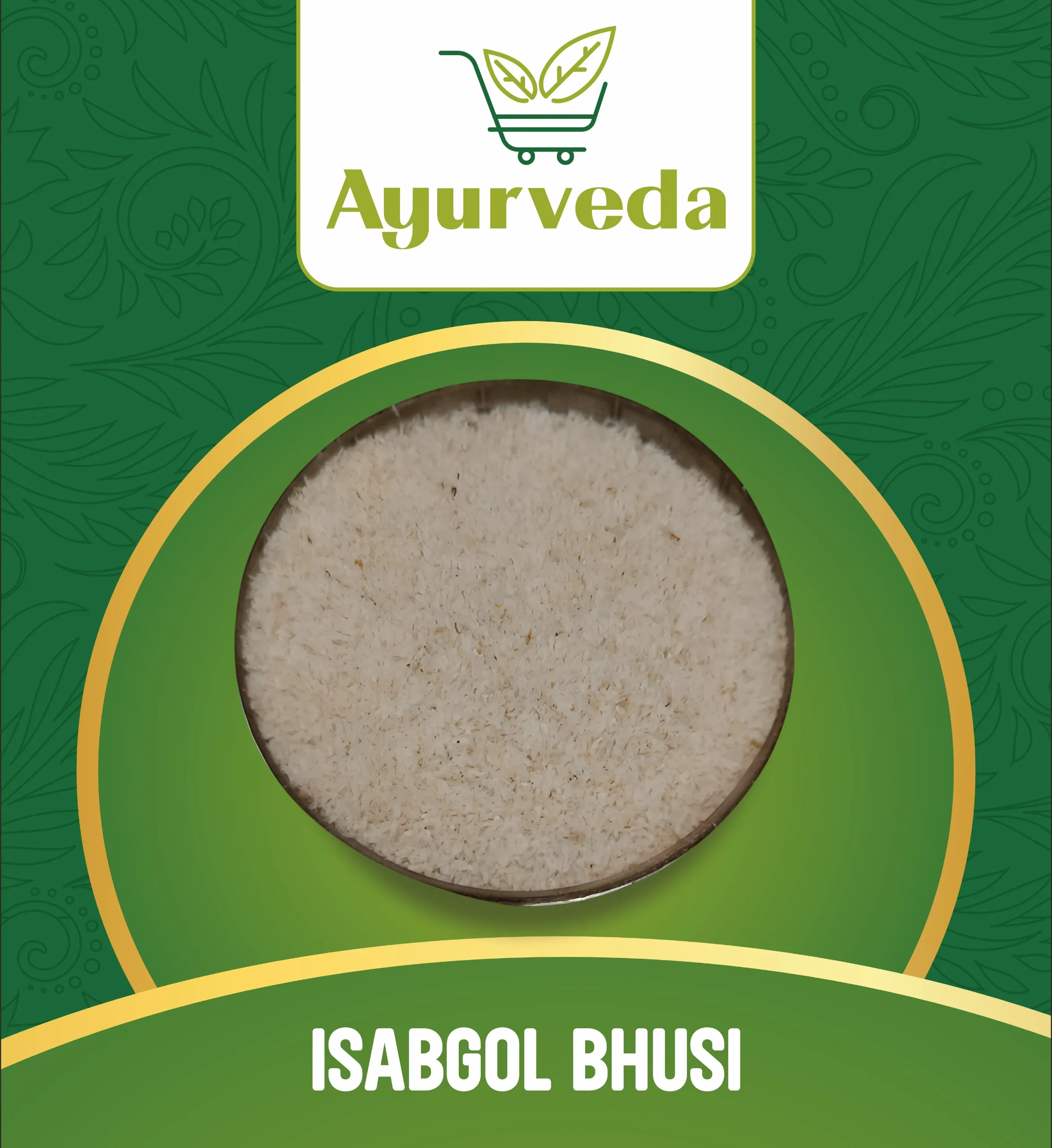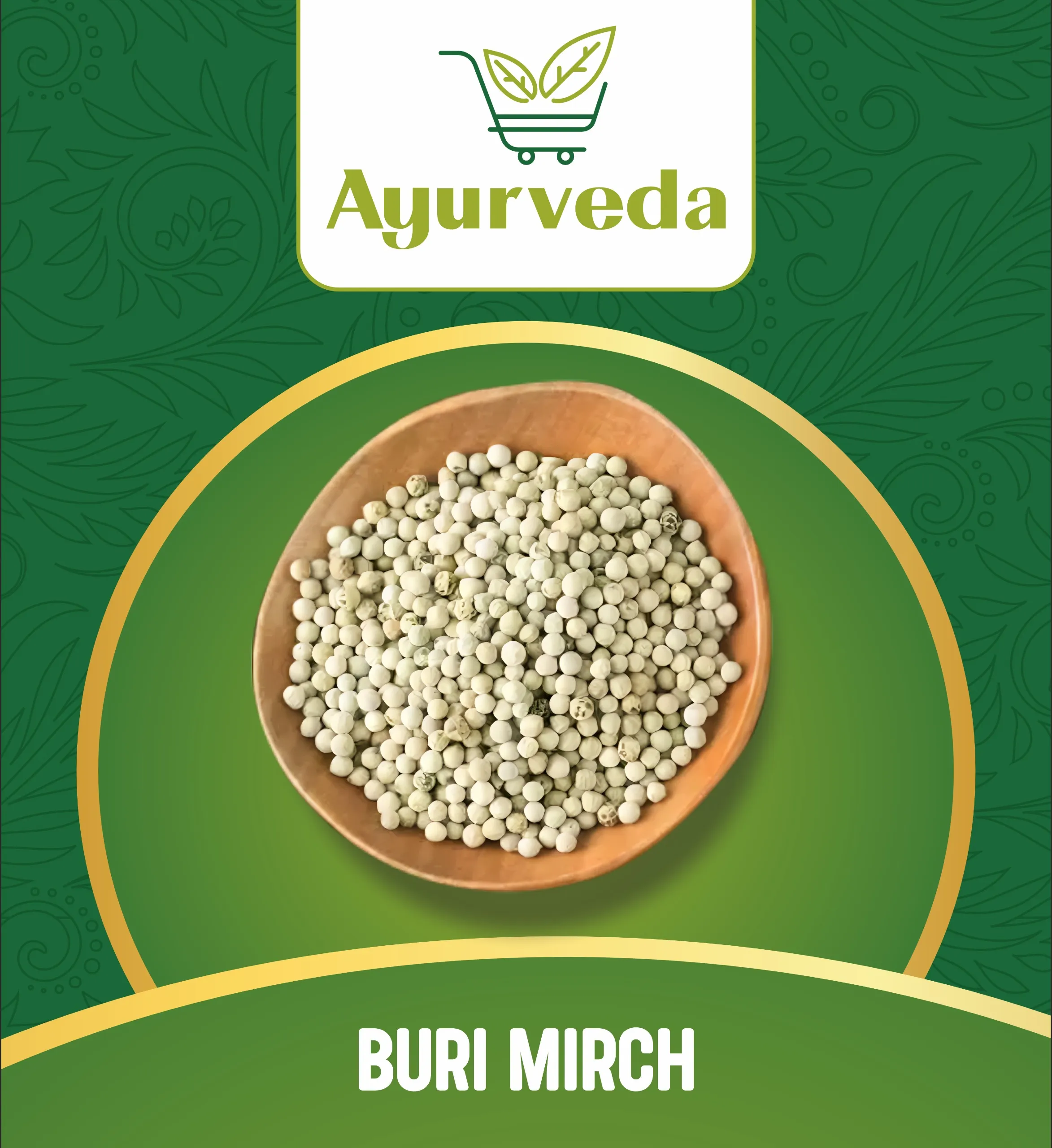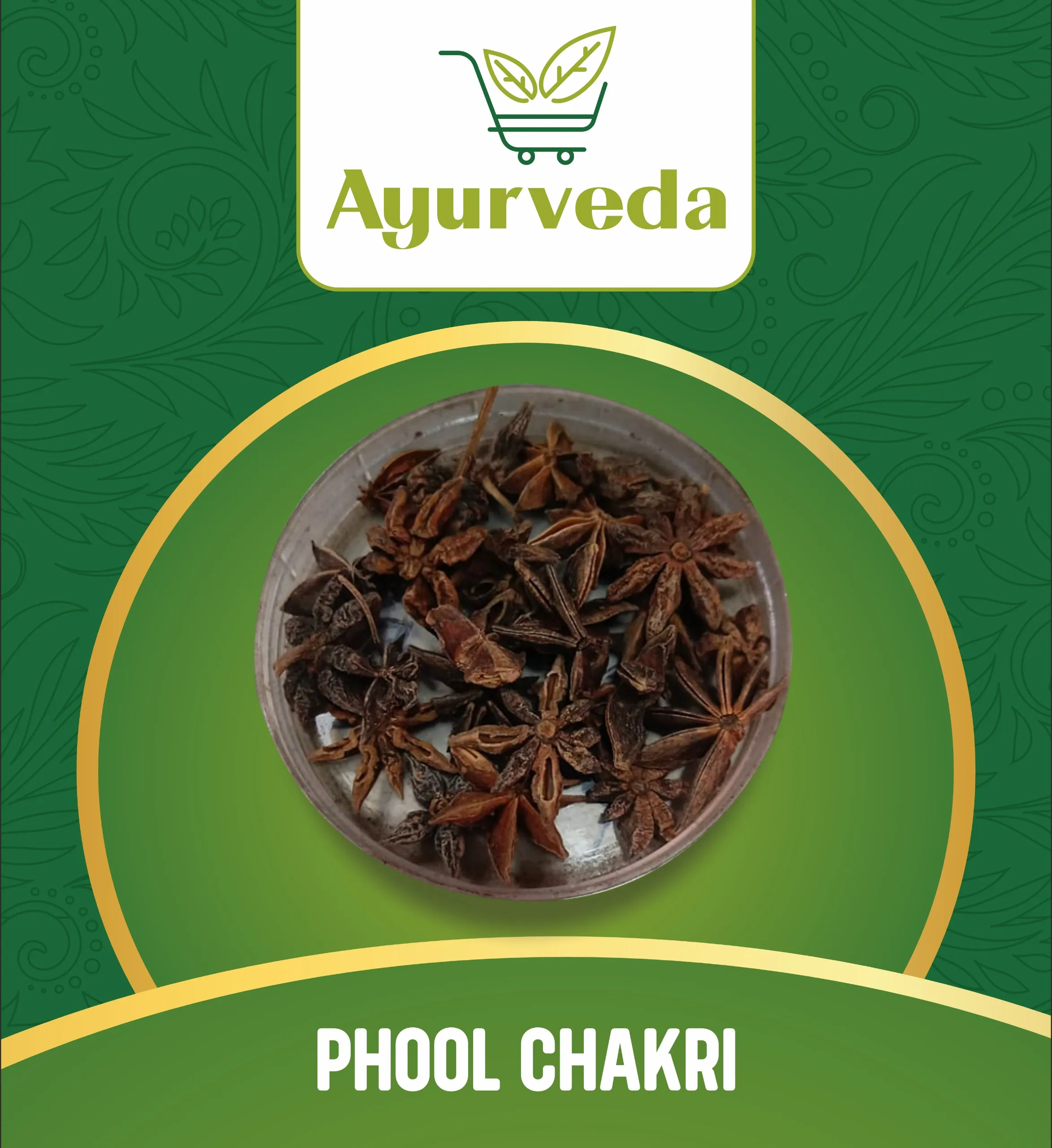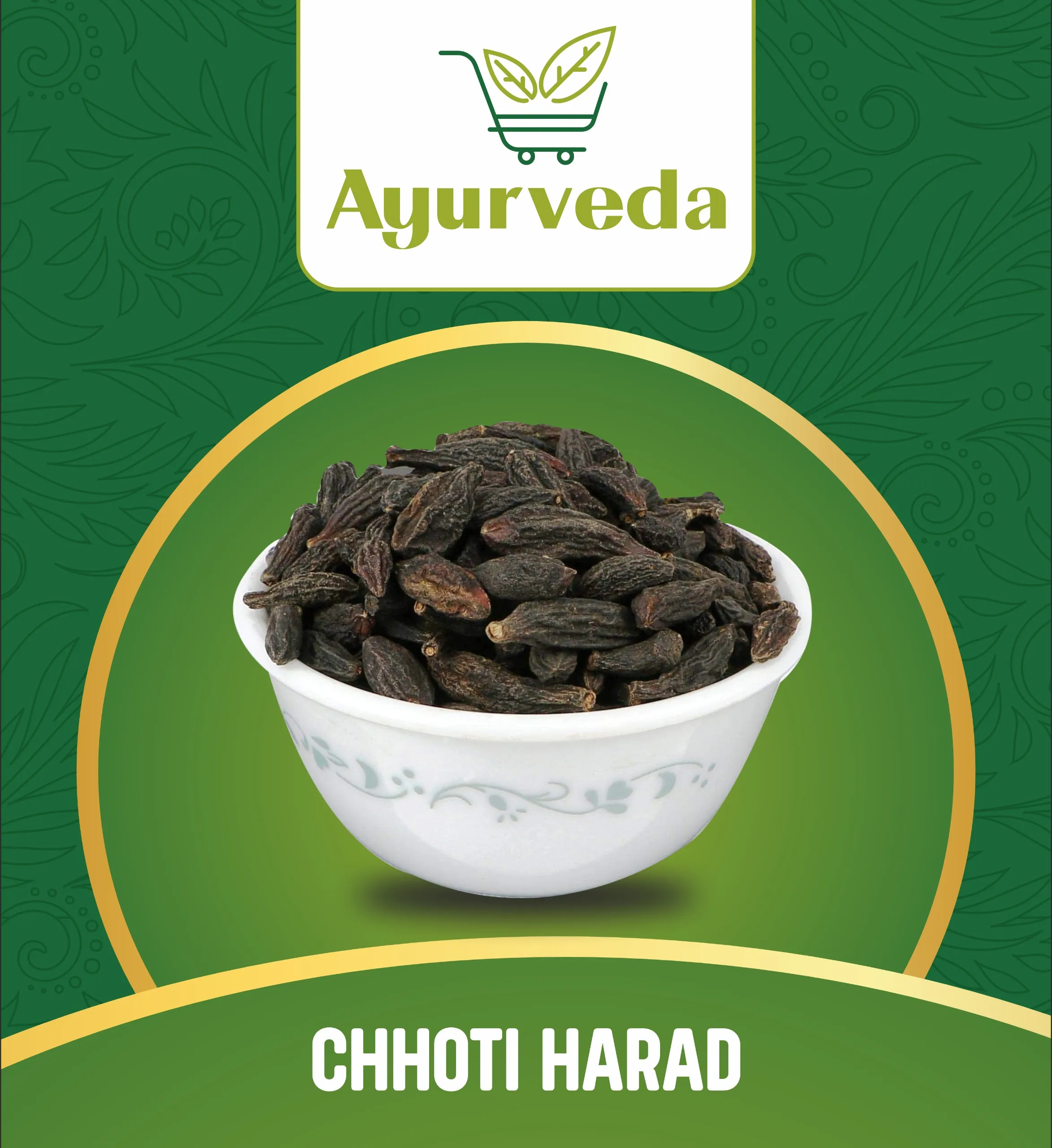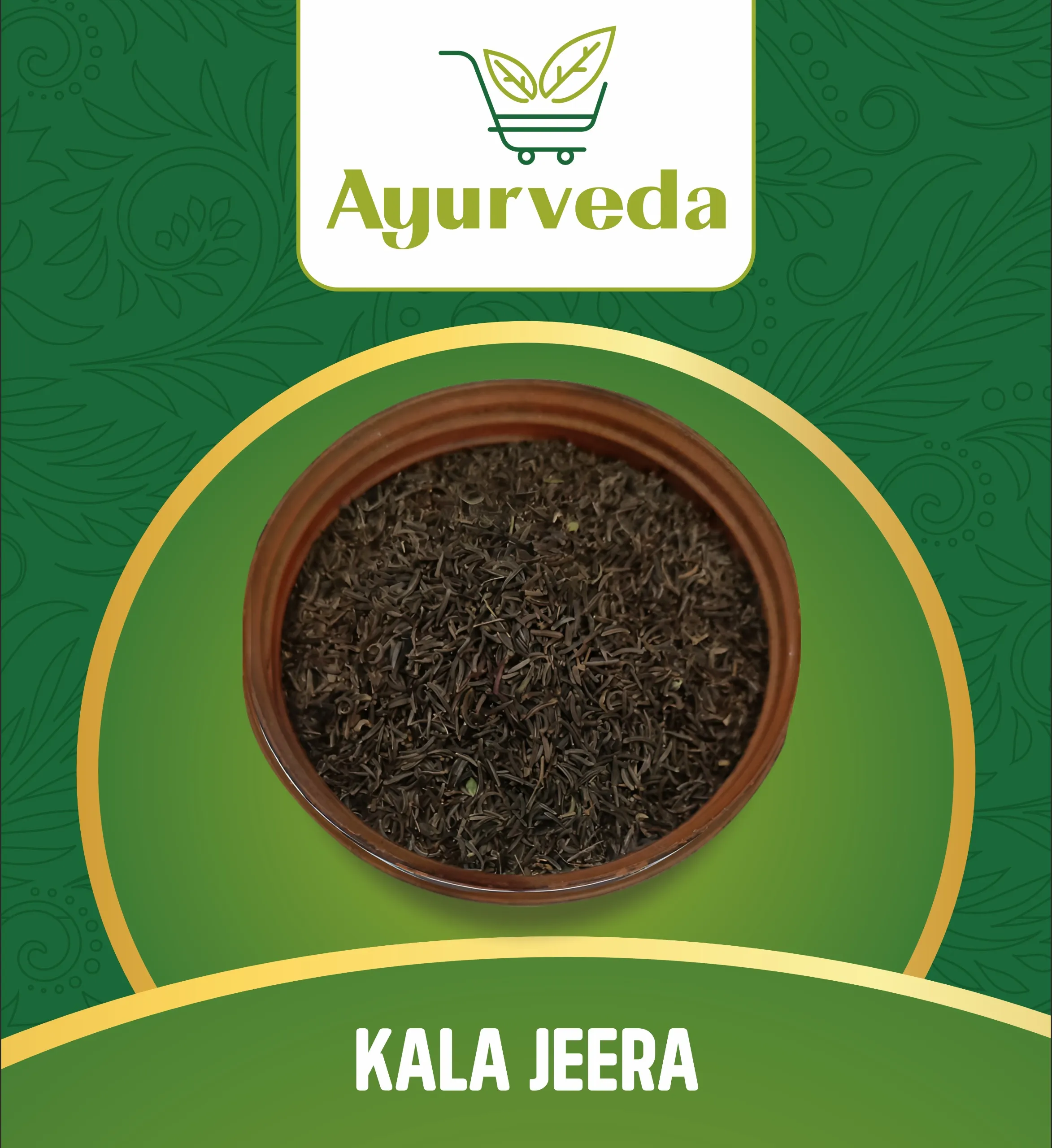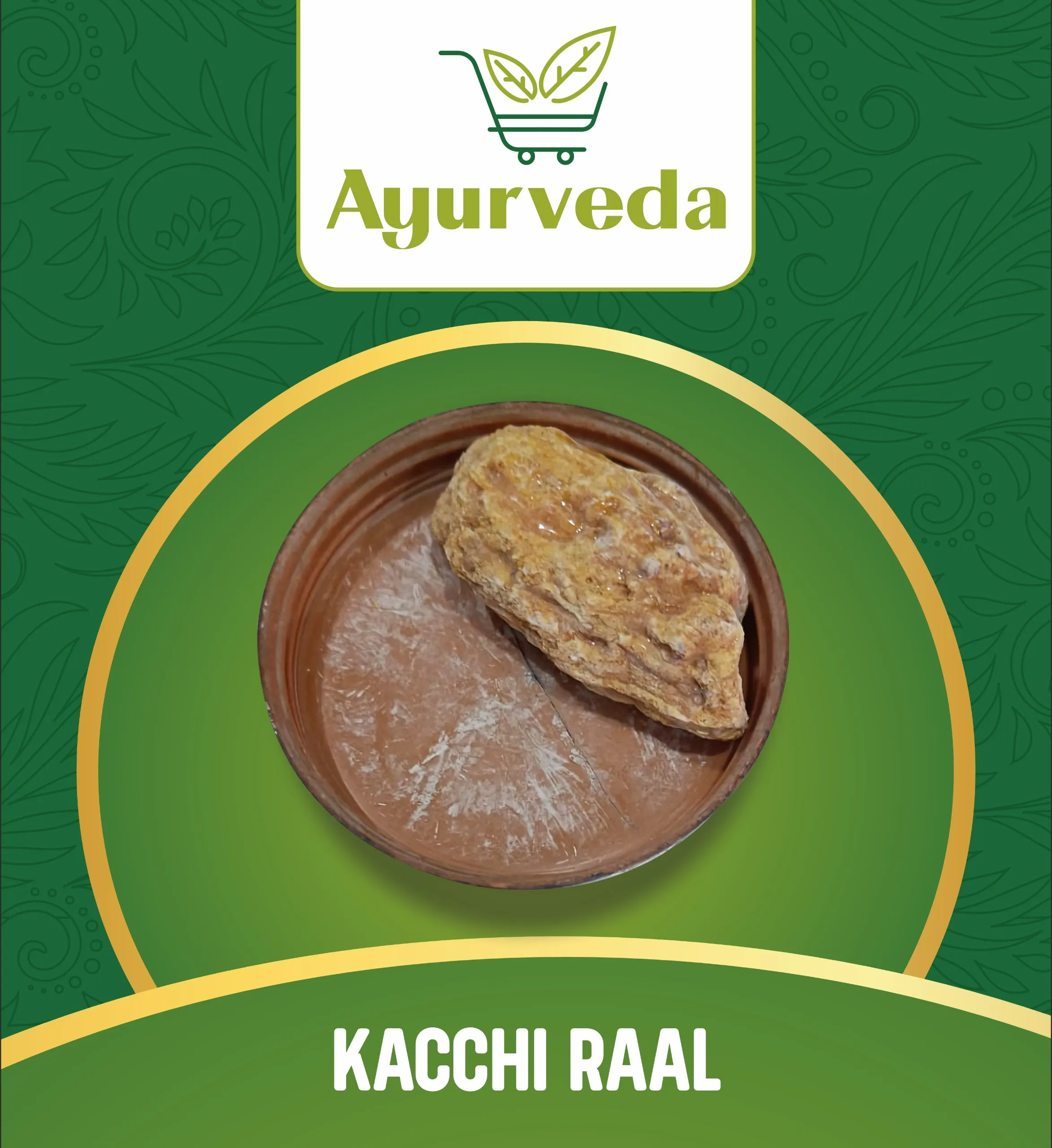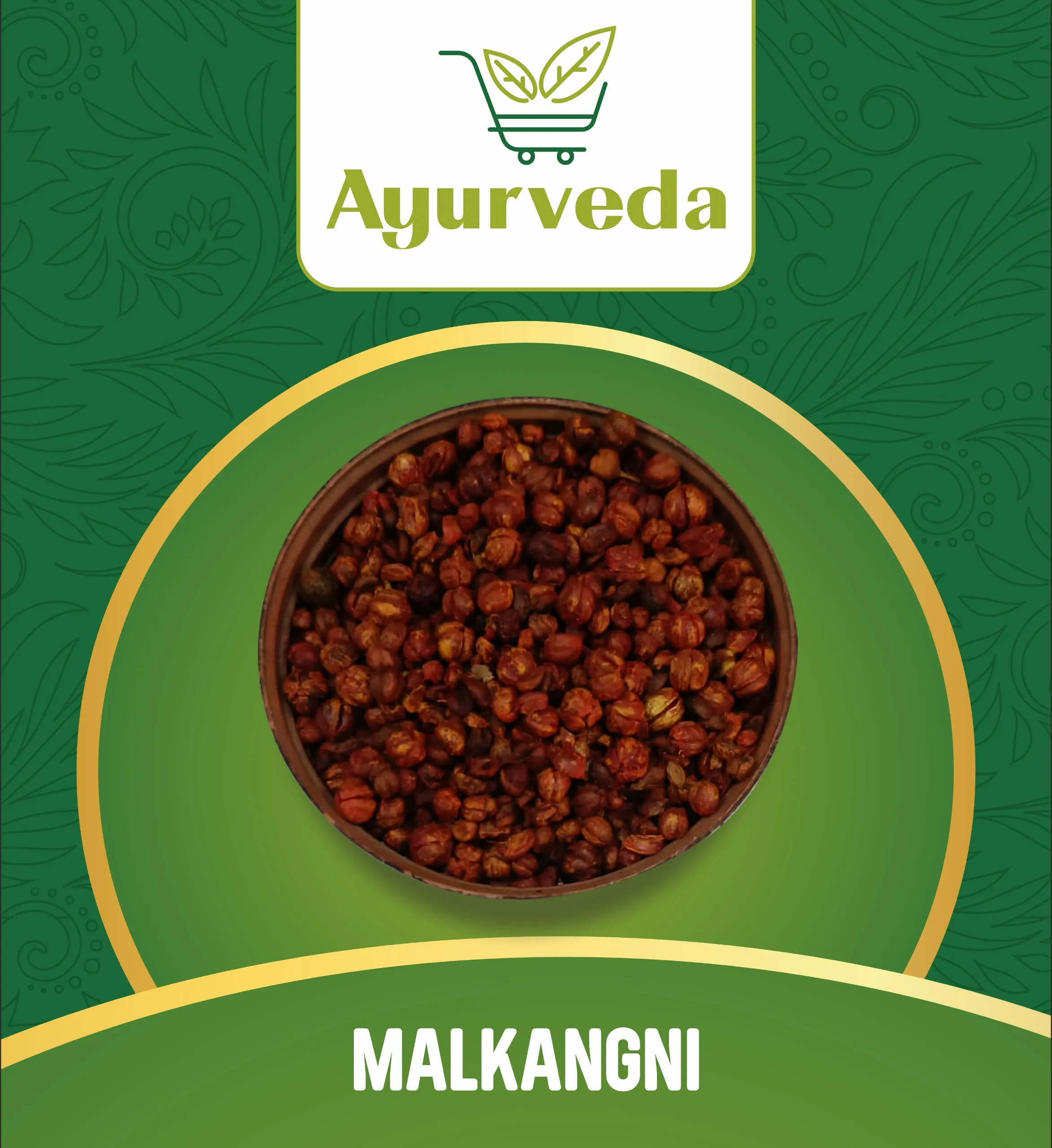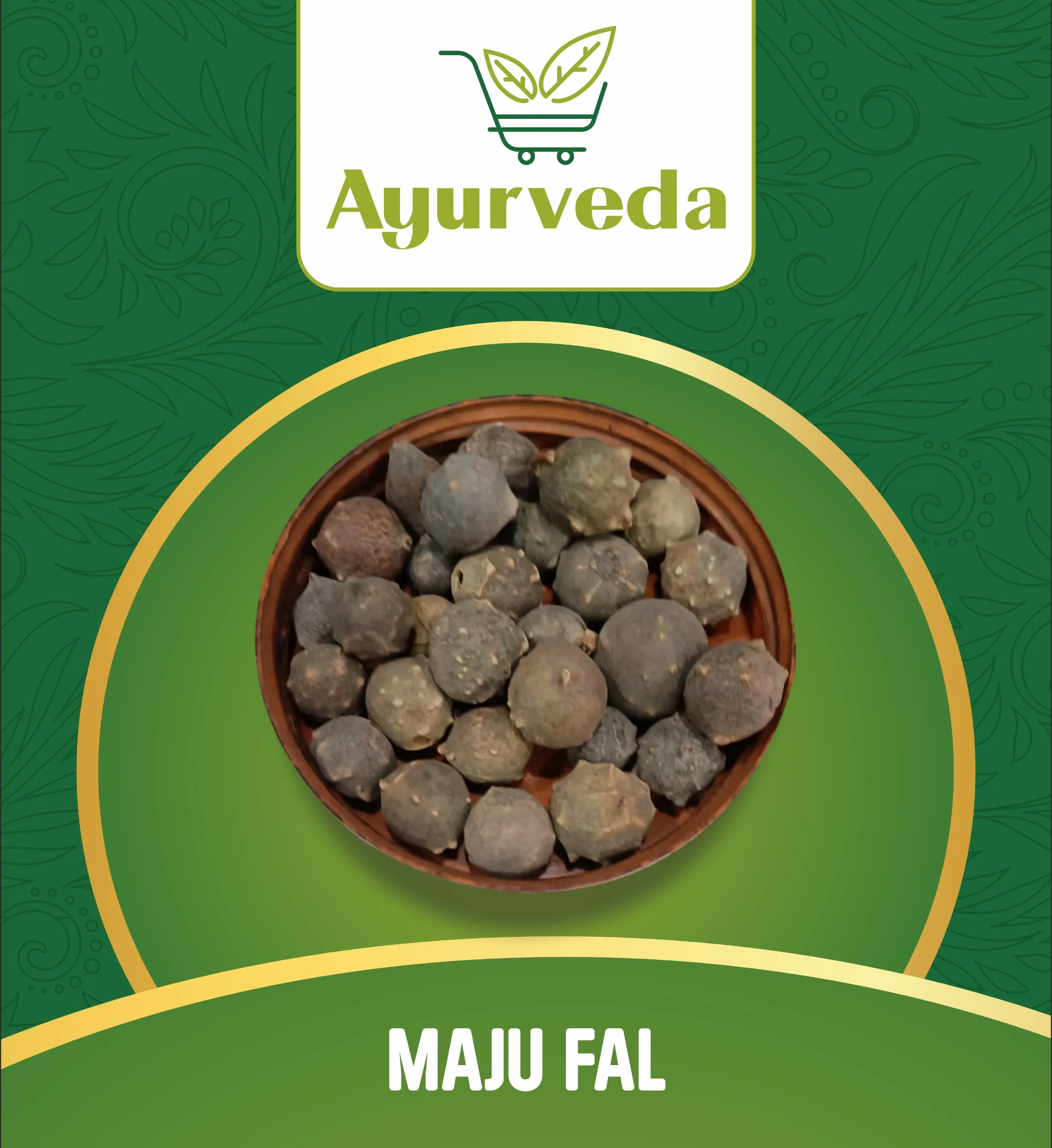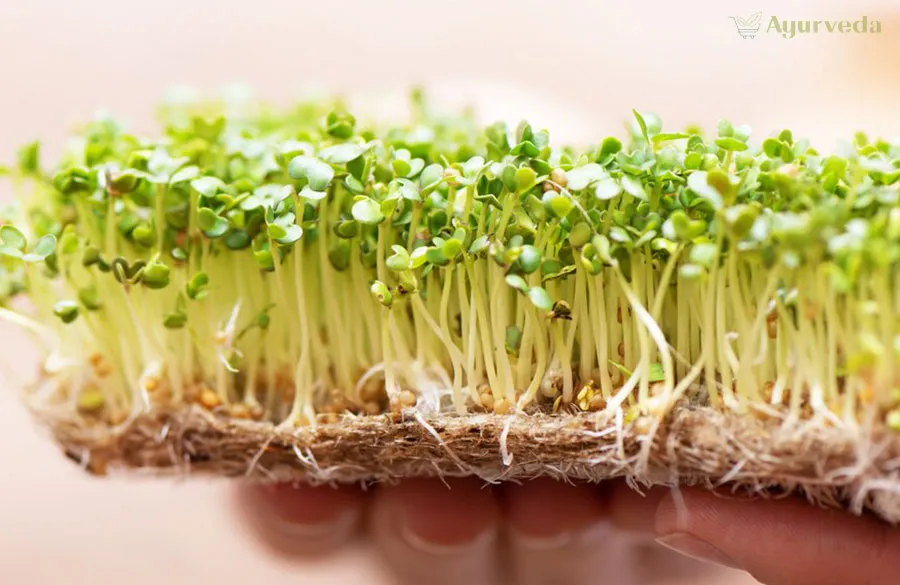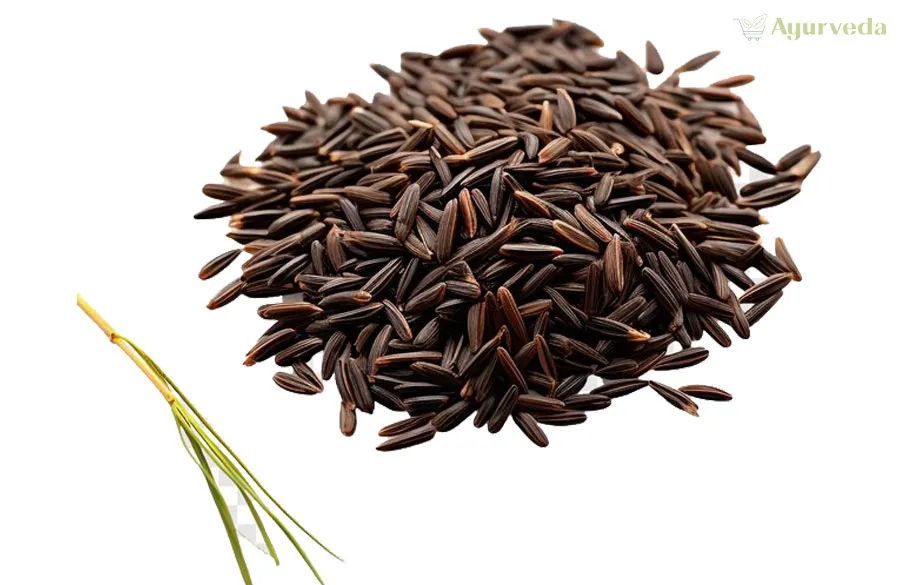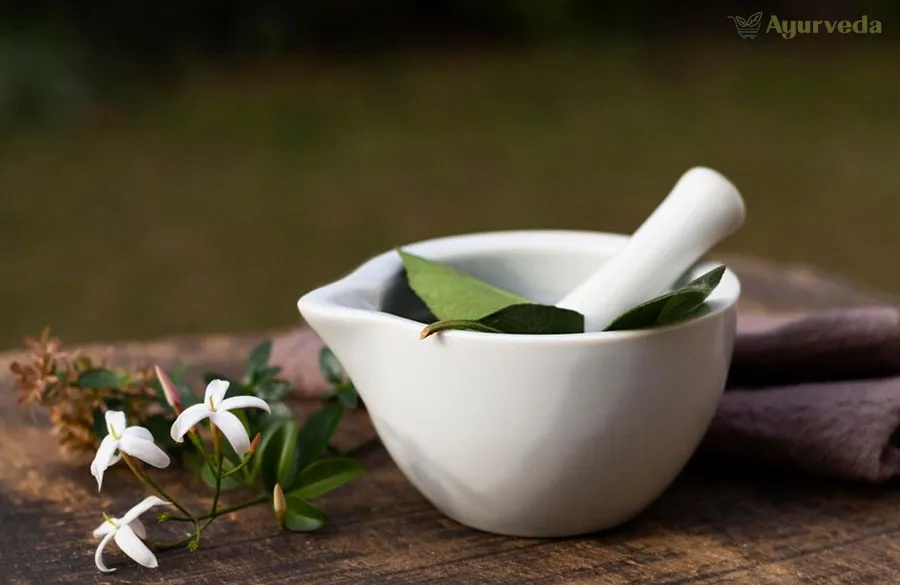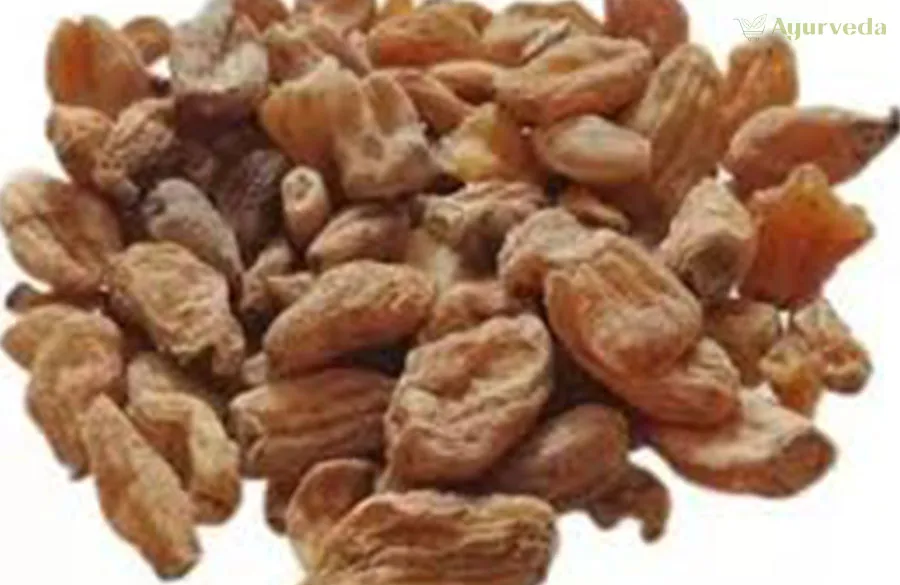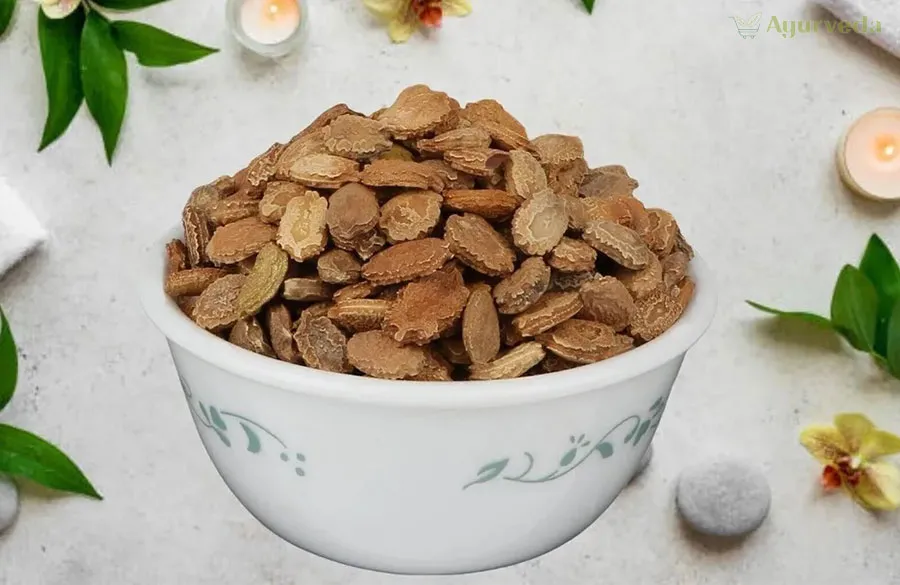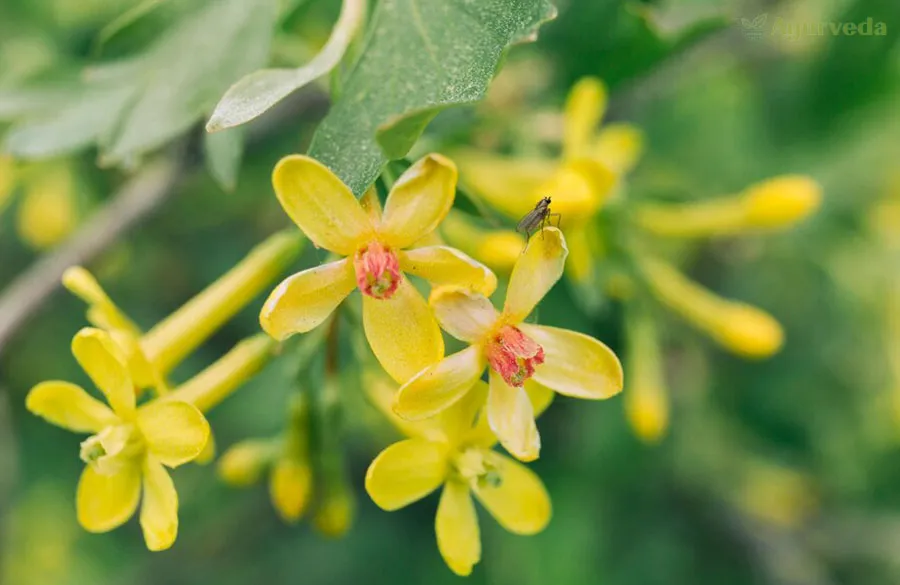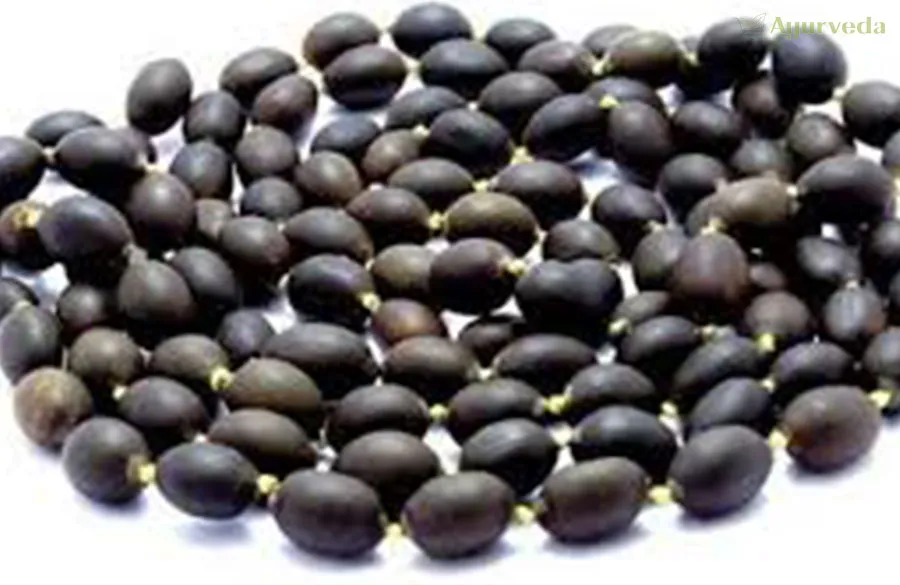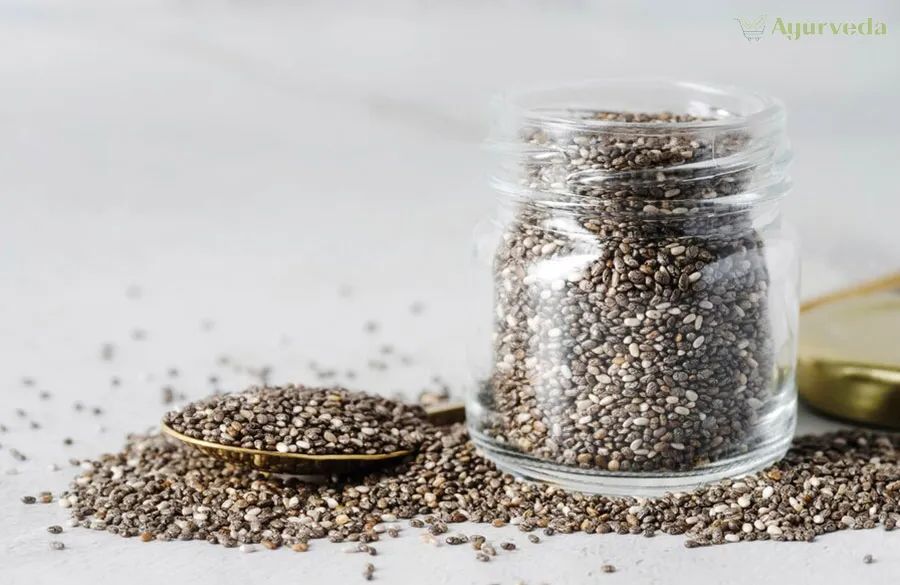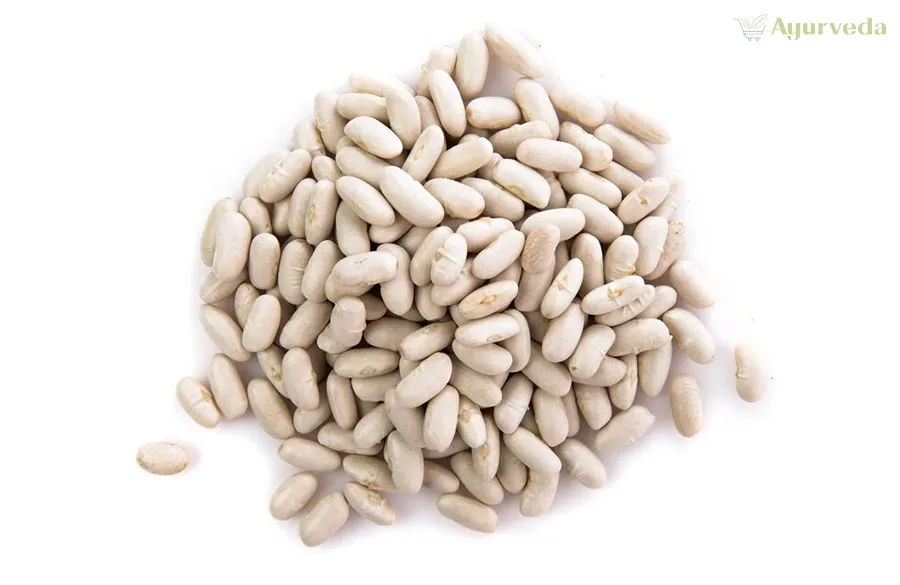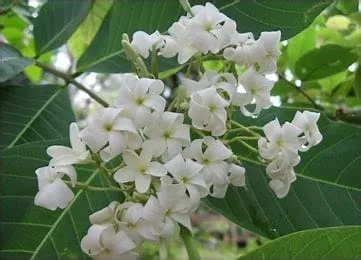
Exploring the Mystique of Indra Jow: A Sacred Grain of Ancient Wisdom
- 13 May, 2024
Indra Jow, also known as "Barnyard Millet" or "Sawa Rice," holds a sacred place in the cultural and culinary traditions of India, Nepal, and other parts of Asia. Named after the revered Vedic deity Indra, the king of gods and lord of rain, this grain embodies the essence of fertility, abundance, and prosperity.
Unlike its more mainstream counterparts like rice and wheat, Indra Jow is a gluten-free, nutrient-dense grain offering many health benefits. Let's delve into some of the reasons why this humble grain has captured the attention of health enthusiasts and nutritionists alike:
1. Nutrient-Rich:
Despite its small size, Indra Jow packs a nutritional punch, boasting a wealth of vitamins, minerals, and antioxidants. It is a good source of essential nutrients like iron, calcium, magnesium, and B-complex vitamins, making it a valuable addition to a balanced diet.
2. Low Glycemic Index:
Indra Jow has a low glycemic index, which causes a slower and steadier rise in blood sugar levels compared to refined grains. This makes it an excellent choice for individuals looking to manage blood sugar levels and reduce the risk of diabetes.
3. Rich in Fiber:
Fiber is essential for digestive health, and Indra Jow is an excellent source of dietary fiber. Consuming fiber-rich foods like Indra Jow can aid in digestion, promote regular bowel movements, and support overall gut health.
4. Gluten-Free Alternative:
For individuals with gluten sensitivities or celiac disease, Indra Jow serves as a nutritious and delicious gluten-free alternative to grains like wheat, barley, and rye. It allows them to enjoy a variety of culinary delights without compromising on taste or nutrition.
5. Versatile Culinary Ingredient:
From traditional porridges and pilafs to modern salads and baked goods, Indra Jow lends itself to a wide range of culinary applications. Its mild, nutty flavor and fluffy texture make it a versatile ingredient that can be incorporated into both sweet and savory dishes.
6. Sustainable Agriculture:
Indra Jow is well-adapted to diverse agro-climatic conditions and requires minimal water and inputs to grow, making it a sustainable crop choice for farmers. Its cultivation helps promote biodiversity, conserve water resources, and mitigate the impact of climate change on agriculture.
7. Cultural Heritage:
Beyond its nutritional value, Indra Jow holds a deep cultural significance in many communities. It is often used in religious rituals, festive celebrations, and traditional ceremonies as an offering to the gods and ancestors, symbolizing abundance, fertility, and prosperity.




